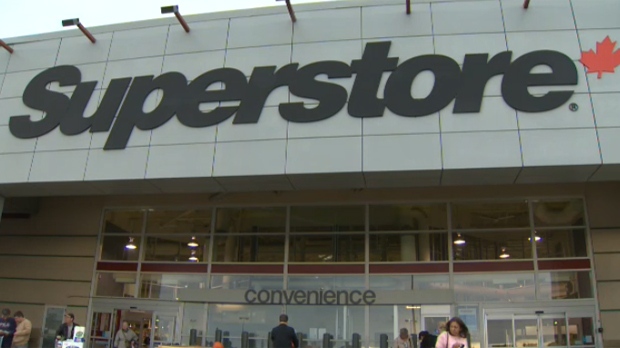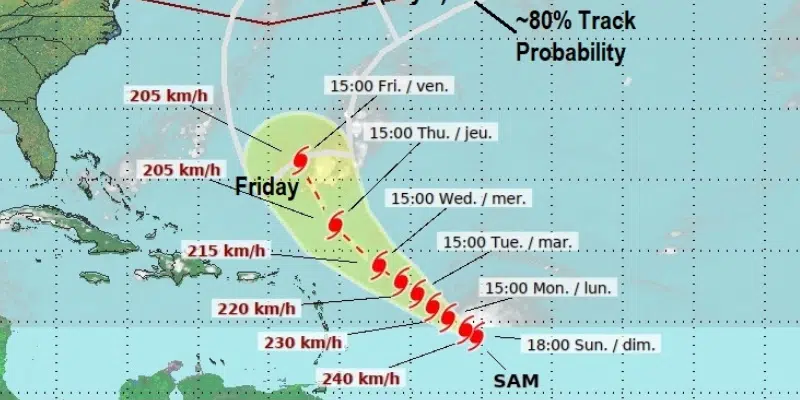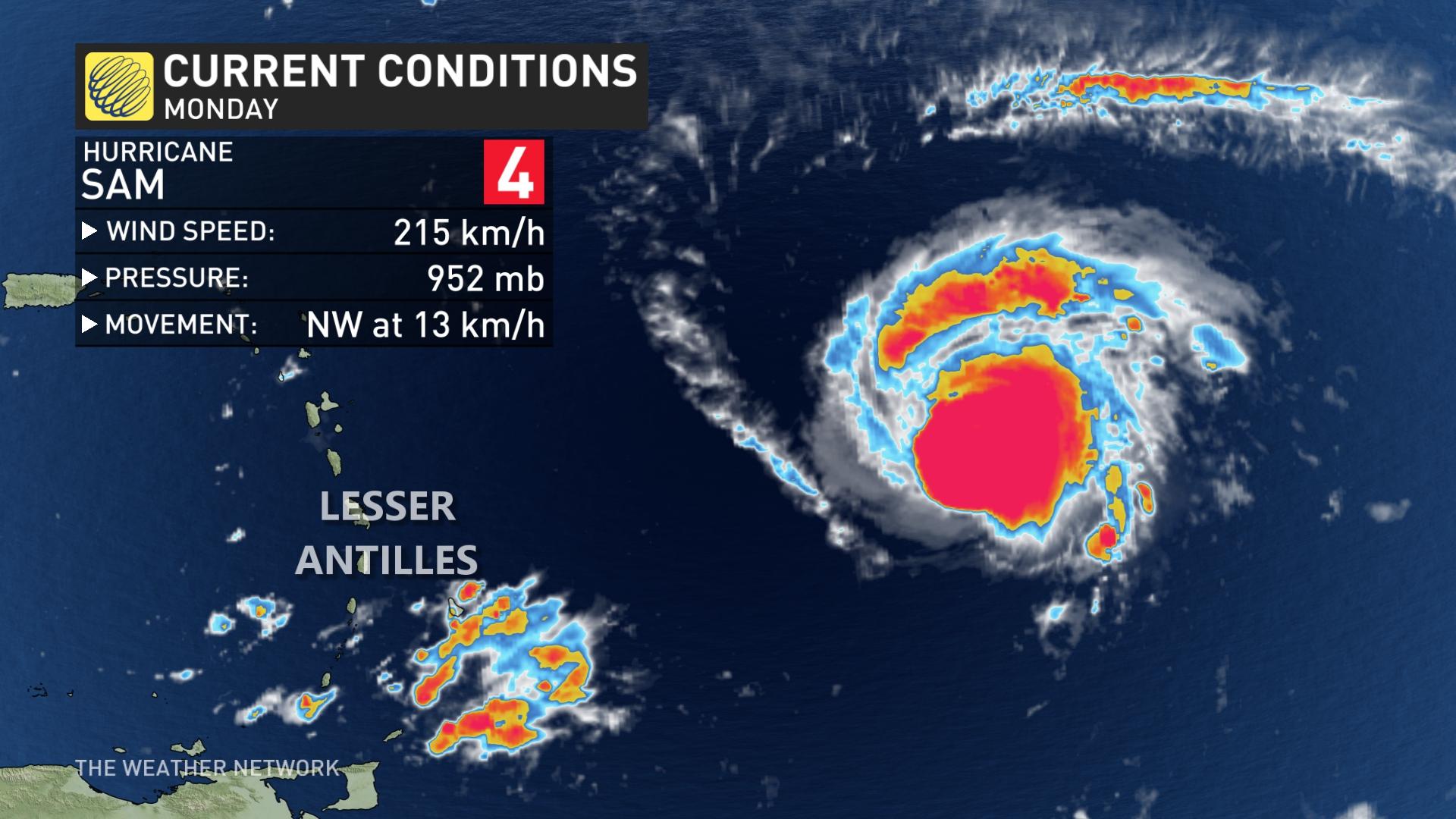Many Republicans are rallying around Trump's false claim
that infrastructure deal is 'fake'
As the House of Representatives prepares to vote Thursday on the bipartisan infrastructure deal, many House Republicans who have lined up against it argue that the bill is not about infrastructure at all.
“I've got serious reservations about the fact that, depending on whose numbers you believe, only 10% to 20% of that $1.1 trillion truly goes to infrastructure,” Rep. Buddy Carter (R., Ga.) told Yahoo Finance last week.
The language echoes an argument from former President Donald Trump. It's a “fake infrastructure deal” composed of “11% infrastructure and even that's not real infrastructure,” Trump said in an interview with Fox Business on Aug. 31.
But by any measure, the numbers from Trump and Carter, a Trump ally who voted to overturn the 2016 election even after a pro-Trump mob attacked the Capitol, don’t add up.
Nevertheless, it has been repeated often, especially by Trump-aligned House Republicans. Indiana Rep. Jim Banks, chairman of the Republican Study Committee, said Friday that “House Republicans remain unified in opposition to this fake infrastructure bill.” Banks had been selected by House GOP leader Kevin McCarthy (R., Calif.) to be the top Republican on the committee investigating the Jan. 6 Capitol insurrection, but was rejected by Speaker Nancy Pelosi (D., Calif.) for his actions on that day, including his vote to overturn the election after the violence.
What's in the bill
The 2,702-page infrastructure bill contains about $550 billion in new spending. It was summarized by the White House and backed up by multiple independent analyses and is largely clear as to its major provisions.
About 20% of the new money goes to fund roads, bridges, and other surface transportation programs ($110 billion)
Just under 20% is allocated for public transit and passenger and freight rail ($105 billion)
Just under 8% is for seaports and airports ($42 billion)
About 12% is for improving broadband access ($65 billion)
Another 10% goes to improve the water system and replace lead pipes ($55 billion)
28% goes toward an array of provisions related to energy, the environment, and climate change, from upgrading the electric grid to a new fleet of electric vehicle charging stations to cleaning up Superfund sites.
The legislation agreed to in the Senate authorizes $550 billion in new spending. Some lawmakers like to refer to the bill as a $1.1 trillion or $1.2 trillion package because it also includes funding for highways and other projects that are allotted every year.
In the end, 19 Republican senators voted in favor of the package, including Senate Minority Leader Mitch McConnell (R., Ky.), along with all 50 Democrats.
In his conversation with Yahoo Finance, Carter listed the areas where “I think all of us would agree" are infrastructure: roads, bridges, airports, seaports, broadband, high-speed internet.
Those provisions alone account for almost 60% of the new spending in the bill.
Repeated requests to Rep. Carter asking how he arrived at his calculation yielded no answer beyond “Mr. Carter is sad that only a small portion of the bill is devoted to traditional types of infrastructure.”
"Carter believes the issues should be debated and not thrown on a bill that should be about true infrastructure," a spokesperson said, declining to define the issue further.
'I don’t view it as a vote for infrastructure'
Trump has likewise avoided explaining why he views the current infrastructure bill as "fake," but he supported infrastructure efforts throughout his time in office. In 2019, before the talks dissolved in acrimony, Trump agreed to spend $2 trillion on infrastructure – roads, bridges, airports, rail lines, waterways and broadband internet access. He called for a $2 trillion infrastructure spending plan again in 2020.
Then in a series of statements this August, Trump claimed "[t]here is very little on infrastructure in all of those pages," but cited only a small provision to fund a national test program that would allow the government to collect drivers’ data to charge them per-mile travel fees to back up his criticism.
Trump also attacked McConnell for his yes vote: "If it can’t be killed in the Senate, maybe it dies in the House!" he said.
The claims this month are related to similar ones levied against President Biden’s early infrastructure plans. In March, Biden unveiled a $2.3 trillion infrastructure plan that was met with disapproval because some said it didn’t have enough infrastructure in it.
A criticism then, which was described by fact checkers as pushed to “misleading extremes,” was that only 5% to 7% of the plan is for "real infrastructure."
Since then, bipartisan negotiators have cut down the plan significantly and removed provisions – like $400 billion to expand home-care services, which many lawmakers had questioned.
In a recent press conference, McCarthy said he would be encouraging all his fellow Republicans in the House to oppose the bill, adding that he didn’t view the bill as bipartisan “any longer.”
McCarthy didn't call the infrastructure bill "fake," but reasoned that a vote for the bipartisan package is essentially a vote for the larger multitrillion-dollar budget reconciliation package being backed by Democrats only. “I don’t view it as a vote for infrastructure,” McCarthy said.
Over the weekend, Pelosi announced the House would debate the infrastructure framework all week with a final vote – which is expected to be close – set for Sept. 30.
Ben Werschkul is a writer and producer for Yahoo Finance in Washington, DC.

















